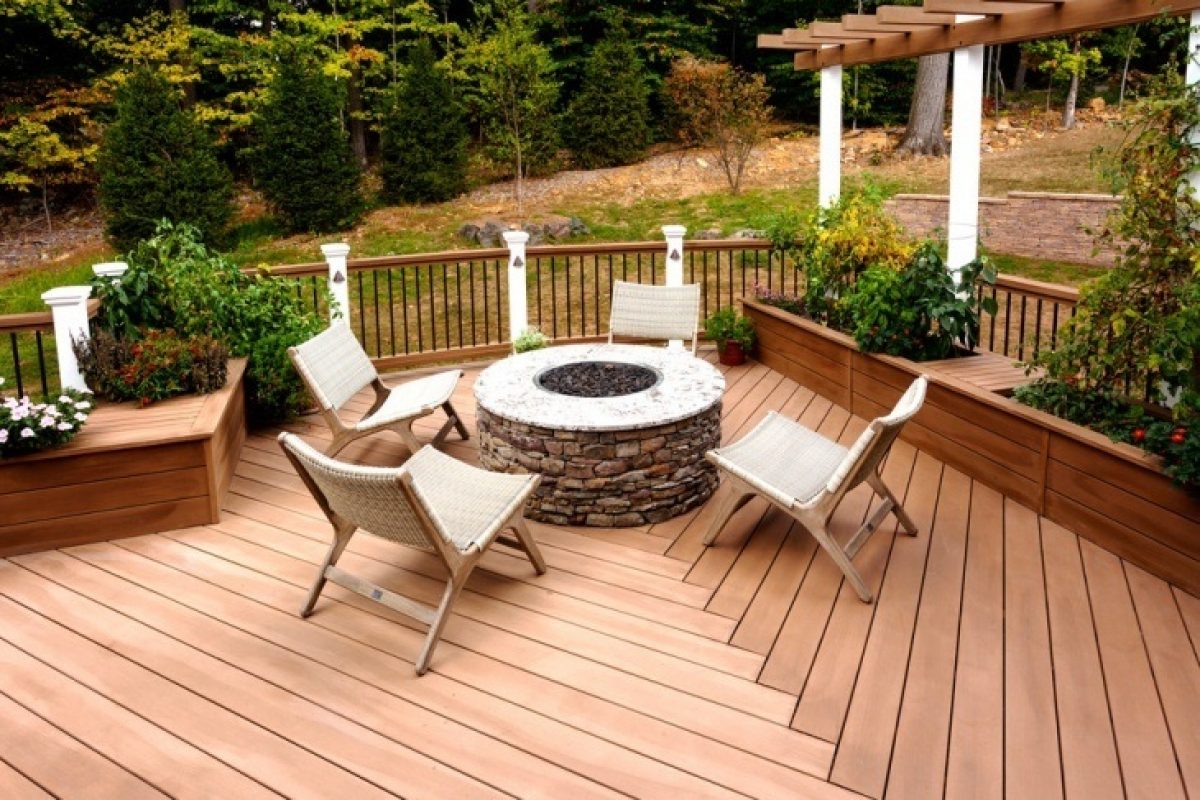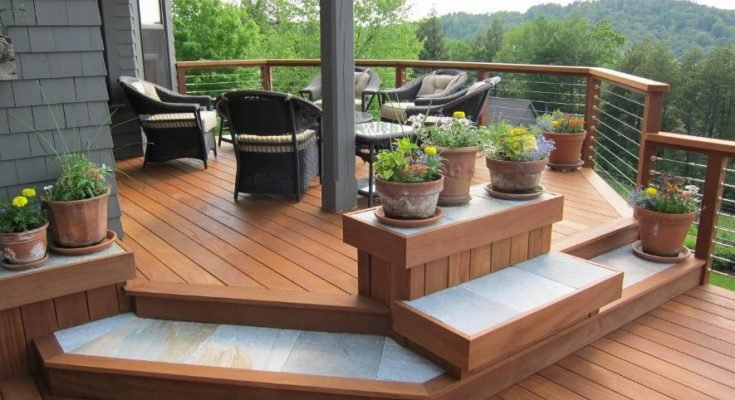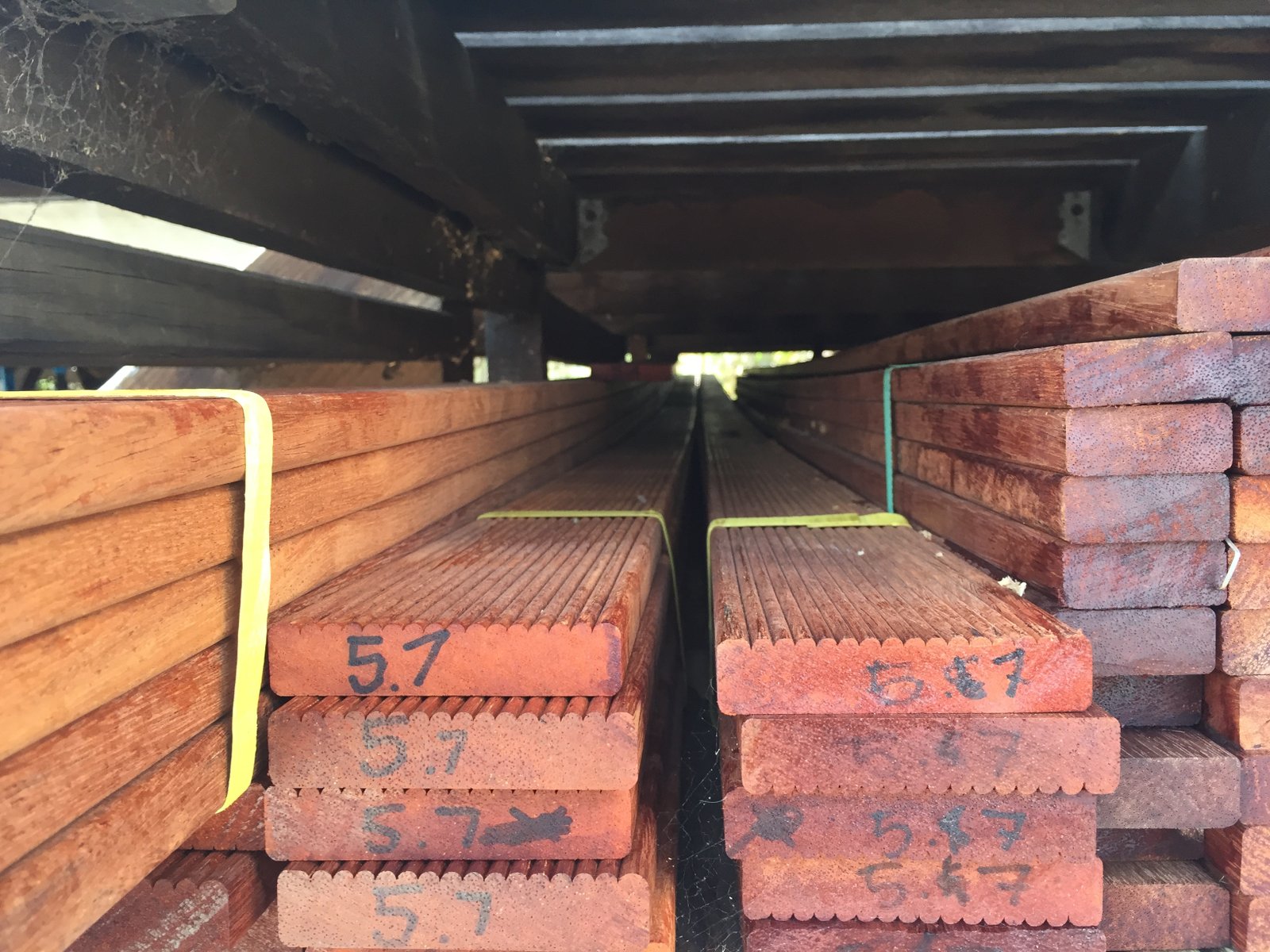Welcome to the world of outdoor living! As the seasons change and the sun shines brighter, it’s time to turn our attention to a key element that can transform your backyard into an oasis: decking.
Whether you envision lazy afternoons spent lounging by the pool or lively gatherings with friends and family, choosing the right decking style is crucial in creating a space that perfectly suits your lifestyle.
In this blog post, we’ll explore three trending options for decking: wood, composite, and PVC. Each option has its own unique characteristics and benefits. By understanding their pros and cons, you’ll be equipped with the knowledge needed to make an informed decision when it comes to enhancing your outdoor area.
Wood Decking
Wood decking is a timeless classic that brings warmth and natural beauty to any outdoor space. Its rustic appeal and versatility have been a popular choice for homeowners for centuries.
One of the main advantages of wood decking is its aesthetic charm. The grains and patterns found in different types of wood create a unique look that other materials cannot replicate.
Another advantage of wood decking is its durability when properly maintained. Hardwood species such as teak or cedar are known for their rot, decay, and insect damage resistance. However, it’s important to note that regular maintenance, including staining or sealing, is necessary to prolong the lifespan of your wooden deck.
Composite Decking
Composite decking has become increasingly popular in recent years, and it’s easy to see why. This innovative decking material offers a range of benefits that make it an appealing choice for homeowners across Australia.
One of the key advantages of composite decking is its durability. Made from a combination of wood fibres and recycled plastics, composite boards are resistant to rotting, warping, and splintering. This means they can withstand the harsh Australian climate without requiring constant maintenance or repairs.
Another great feature of composite decking is its low-maintenance nature. Unlike traditional timber decks that need regular staining, sealing, and sanding to keep them looking their best, composite boards only require occasional cleaning with soap and water.

PVC Decking
PVC decking has recently gained popularity as a durable and low-maintenance option for outdoor spaces. Made from polyvinyl chloride, PVC decking offers many advantages over traditional wood or composite materials.
One of the main benefits of PVC decking is its resistance to moisture and rot. Unlike wood, which can warp or decay over time, PVC decking remains strong and stable even in wet environments. This makes it ideal for areas with high humidity or near water sources such as pools or spas.
Another advantage of PVC decking is its durability. It is highly resistant to fading, staining, scratching, and mould growth. This means you can enjoy your deck without worrying about constant maintenance or repairs.
Pros and Cons of Each Type
Wood Decking:
Pros:
- Natural look and feel.
- Often less expensive than other options.
- It can be painted or stained in various colours.
Cons:
- Requires regular maintenance, such as staining and sealing.
- Prone to rot, insect damage, and warping over time.
- Shorter lifespan compared to composite and PVC.
Composite Decking:
Pros:
- Low maintenance; no need for staining or sealing.
- Resistant to rot, fading, and insect infestation.
- Long lifespan and durability.
Cons:
- Higher upfront cost compared to wood.
- Some composites may show signs of wear over time.
- It can retain heat, making it uncomfortable in hot weather.
PVC Decking:
Pros:
- Extremely low maintenance; no need for staining or sealing.
- Highly resistant to moisture, insects, and fading.
- Long-lasting and durable.
Cons:
- Among the most expensive decking options.
- It may not look as natural as wood or composite.
- Prone to scratching and may require occasional cleaning.
Conclusion
When it comes to decking options, there is no one-size-fits-all solution. Each style of decking – wood, composite, and PVC – has its own unique features and benefits. It ultimately boils down to your personal preferences, budget, and lifestyle.
Consider your priorities when choosing a style that fits your lifestyle. If you enjoy the traditional aesthetics of real wood and don’t mind investing time in upkeep, then wood might be a good choice. If low maintenance is a top priority and you want a deck that will withstand wear and tear without fading or splintering easily, composite or PVC would be worth considering.
If you’re unsure about what exactly suits your needs, it’s always worth consulting with a professional deck builder or an expert in the field who can share their insight and help you to make an informed decision that will guarantee your complete satisfaction for years to come.


